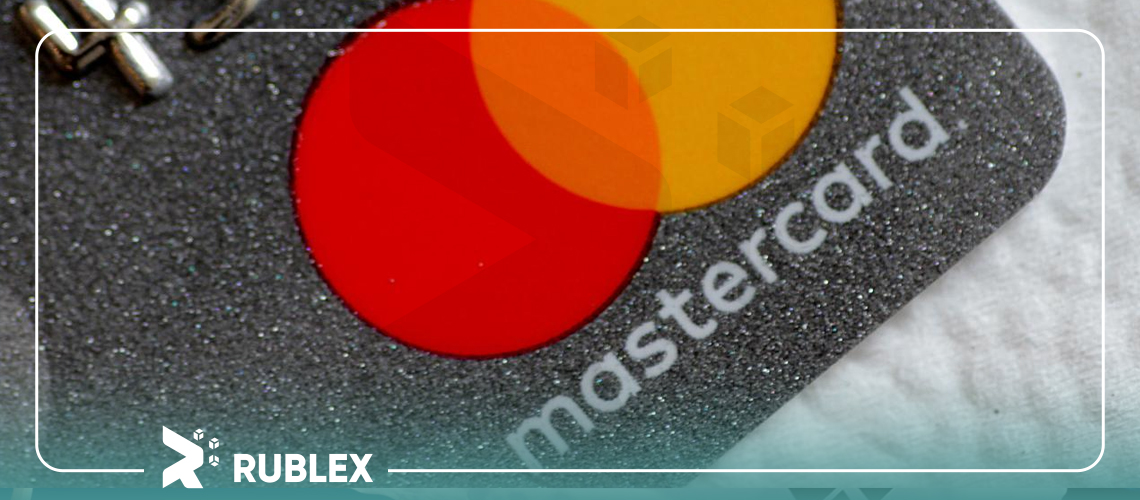Central Bank Digital Currencies (CBDC), which are digital representations of government-backed fiat money, are gaining significant momentum worldwide. According to data from the Bank for International Settlements, 93% of central banks are actively engaged in CBDC-related initiatives, and four retail CBDCs are already in full circulation.
Mastercard is at the forefront of embracing and implementing CBDCs, taking a proactive stance. Jesse McWaters, responsible for global regulatory advocacy at Mastercard, has emphasized the need to address various challenges, including the role of the private sector in CBDC issuance, as well as concerns related to security, privacy, and interoperability.
To foster collaboration among industry experts and drive innovation in this field, Mastercard has launched its CBDC Partner Program. Notable companies such as Ripple, Consensys, Fluency, Idemia, Consult Hyperion, Giesecke+Devrient, and Fireblocks have partnered with this program. These organizations are actively involved in various CBDC-related initiatives. For instance, Ripple recently collaborated with the Republic of Palau to create a government-backed national stablecoin, and the company is currently participating in four CBDC pilot projects.
Raj Dhamodharan, Head of Digital Assets and Blockchain at Mastercard, recently delivered a presentation highlighting the importance of payment interoperability and the convenience of Central Bank Digital Currencies (CBDCs). He stated, “As we look forward to a digitally driven future, it is imperative that CBDCs offer the same ease of use as traditional forms of currency.” Sebastian Baierle, Manager of Strategic Alliances for CBDC at G+D, shed light on the diverse objectives governments have in mind when it comes to CBDCs. For instance, the Bank of Ghana aims to extend formal financial market access to a broader population through CBDCs, while the Swedish central bank is primarily focused on ensuring customers have direct access to central bank-backed currency.





